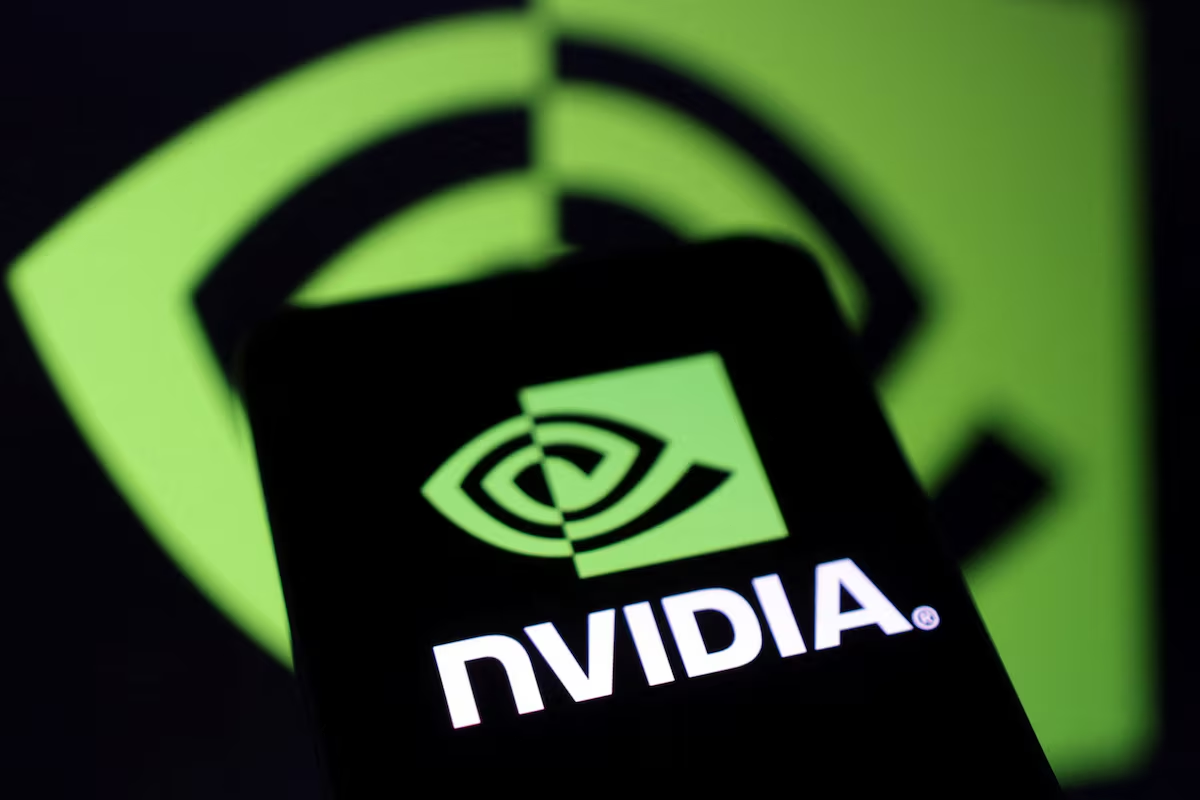Nvidia's recent GTC 2025 event, dubbed the "Super Bowl of AI," showcased a compelling vision for the future of artificial intelligence, dominated by agentic AI, physical AI, and the infrastructure to support them. CEO Jensen Huang presented a world rapidly transforming, driven by AI agents capable of reasoning, planning, and acting independently. However, beneath the dazzling demos and ambitious pronouncements, some critical questions remain about the practicality and accessibility of this AI-driven future.
The centerpiece of Nvidia's vision is the "AI factory," a concept that reimagines data centers as ultra-high-performance computing environments designed for generating AI at scale. These AI factories will be powered by Nvidia's next-generation hardware, including the Blackwell Ultra GPU and the upcoming Vera Rubin architecture, promising massive performance leaps over previous generations. Huang highlighted the shift from general-purpose computing to specialized AI infrastructure, emphasizing the need for new architectures optimized for AI workloads. He boldly predicted that data center infrastructure revenue would hit $1 trillion by 2028, emphasizing AI’s increasing economic impact with experts estimating AI to contribute $15.7 trillion to the global economy by 2030.
A major focus was the rise of agentic AI, where systems of AI agents collaborate to solve complex problems. Nvidia announced Isaac GR00T N1, an open-source foundation model for developing humanoid robots, paired with an updated Cosmos AI model for generating simulated training data. This focus on physical AI and robotics signals a move to integrate AI into the physical world, automating tasks in manufacturing, logistics, healthcare, and other industries. General Motors plans to integrate Nvidia technology into its self-driving cars, using Omniverse and Cosmos to train AI manufacturing models.
Nvidia also unveiled Dynamo, an open-source software for accelerating and scaling AI reasoning models in AI factories, calling it "essentially the operating system of an AI factory." This software aims to optimize AI workflows and performance, highlighting the importance of a full-stack approach to AI development.
However, the sheer scale of Nvidia's vision raises some concerns. The computational demands of agentic AI and reasoning models are significantly higher than traditional AI, requiring exponentially more processing power and energy. Nvidia's ambitious 600kW+ per rack power density target underscores the need for radical facility upgrades and innovations in power and cooling technologies. The company hopes its next line of GPUs, called Rubin, will be designed for 600kW per rack and available by 2027. WWT's prebuilt AI Factory racks accelerate deployment, allowing for GPU utilization within the critical 18-month depreciation window.
Another question revolves around data. Data consistency and structure remain significant barriers to scaling generative AI, and even industry leaders struggle with clear ROI metrics at scale. Data must be completely reinvented to support AI-driven workloads, shifting towards semantic-based retrieval systems that enable smarter, more efficient data access.
While Nvidia is democratizing AI through initiatives like Project Digits and collaborations with Meta, the high cost of entry for cutting-edge AI hardware and software could create a divide, potentially excluding smaller businesses and research institutions. One expert has predicted that Nvidia may be at serious risk of falling into a trap as "most AI inference workloads don't require H100s, for example – they can run on far cheaper and more available hardware," meaning that affordable, scalable AI won't run on expensive GPUs.
Despite these lingering questions, Nvidia's GTC 2025 presented a bold and compelling vision for the future of AI. The company's focus on agentic AI, physical AI, and full-stack solutions positions it as a key player in the AI revolution. As AI continues to evolve, addressing the challenges of scalability, accessibility, and ethical considerations will be crucial to realizing the full potential of this transformative technology.




















